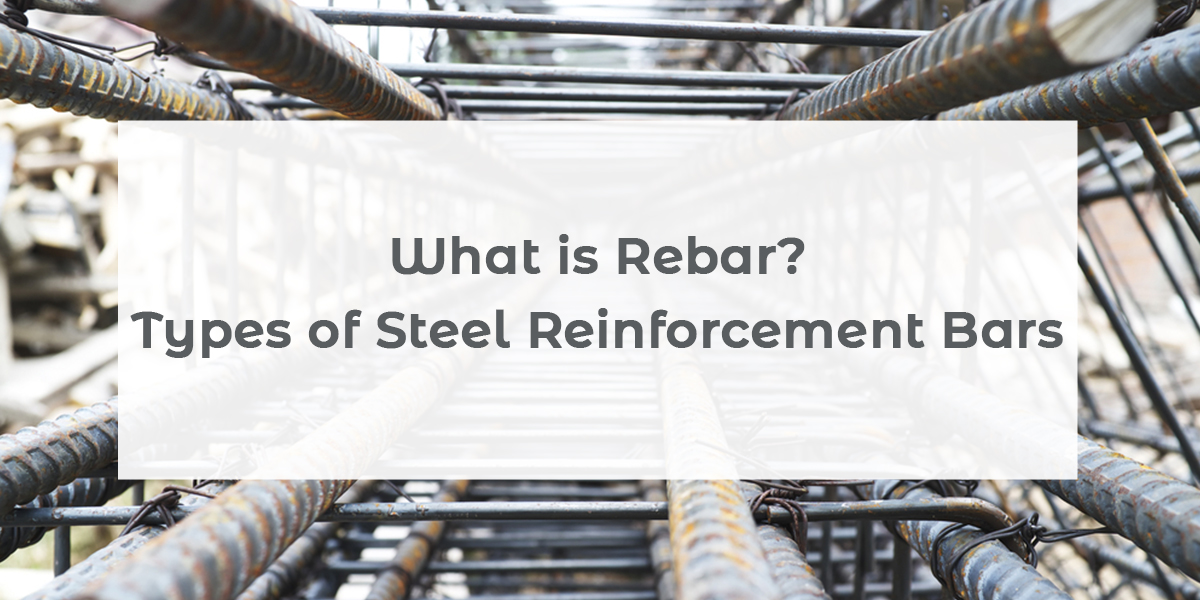Thermo Mechanical Treatment, or TMT, is also known as the metallurgical process. These TMT bars are made to IS (Indian Standards) specifications. There are different types of TMT bars are available in the market. But In today’s market, FE 500 and FE 500D TMT Bars are the most commonly used for structural and commercial construction.
TMT Bar is the primary building material that strengthens and extends the life of the structure. It is used in all types of construction, including bridges, dams, and flyovers. It is essential to select only the highest quality TMT Bar for any building project, because of its characteristics like Ductility, Tensile Strength, Yield Power, Thermal Resistance, Corrosion Resistance.
Manufacturing Process of TMT Steels
For the best Quality, TMT Bars are put through a series of tests to determine their strength and flexibility. At various phases of the manufacturing process, TMT Bar undergoes a range of procedures such as rolling, water quenching, heat treatment, and cooling.
The quality of TMT steel depends upon three major factors
1. The standard of the raw materials
2. All steel bars are uniformly and properly shaped due to a high rolling mill.
3. Quenching and tempering quality control system
There are five major processes that occur to manufacture TMT steel, they are
1. Extraction of steel from iron ore
2. primary steel making
3. Quenching
4. Self-tempering
5. Atmospheric Cooling
1. Extraction of steel from iron ore
Coke, iron ore, dolomite, and limestone are all raw materials in the production of TMT Bar, Raw materials are heaped, retrieved, and combined in the proper proportions in this process. They are melted and processed with hot gases in a blast furnace. Iron is pre-treated and transformed into steel in its molten condition. By running the steel through a ladle heating process, the chemical composition of the steel is purified. To make the required shape, the molten form is poured into a casting machine.
2. primary steel making
Pre-treatment is the process of mixing oxygen with carbon in the iron in an oxygen furnace to eliminate carbon dioxide at the initial step of primary steel production.
The steel is then re-heated to 1250 degrees celsius in an EAF (Electric Arc Furnace) to refine the composition.
The EAF (Electric Arc Furnace) molten steel is now moved to a ladle and then to the continuous casting process. The liquid steel is poured into the casting ladle and subsequently into a water-cooled mold.
The process of solidification begins in the mold. The length required determines the size of the continuous billets that come out of the CCM.
3. Quenching
The hot-rolled bars are taken from the finished mill and enter the Thermex System, which is a water spray system. Thermex Technology is used in the top-quality TMT bars production process to quickly cool the outer core and assure the ductility of TMT Rebars. While the core of the TMT Rebars stays hot and Austenitic, rapid cooling hardens the outer core to a depth optimum for each segment, generating a martensitic rim.
The cooling process is called Quenching.
4. Self-tempering
When the TMT rebars are removed from the Thermex Quenching box, the core remains hot in comparison to the surface, allowing heat to travel from the core to the surface, producing Tempering of the outer Martensite layer and forming the Tempered Martensite structure.
5. Atmospheric Cooling
The bars are ready for air cooling once the self-tempering is completed. This is done on a normal-temperature cooling bed. The austenitic core is transformed into a ferrite-pearlite structure in this stage. As a result, the final product has a strong outermost surface and a flexible core.. This treatment boosts the material’s tensile strength, making it more ductile and weldable.
When it comes to TMT steel bars there are different types of grades are present in the market.
Types of TMT Bars
Fe-415 grade
Fe 415 is the most ductile and flexible steel TMT bar, making it ideal for small-scale construction and residential construction. As a result, it’s ideal for compact frames that are easy to manufacture.
Earthquake resistance is provided by using Fe 415 TMT bars in the building.
Fe-500 grade
In many construction projects, the Fe500 grade is considered a market standard. Fe500D and Fe 500S, two variations of Fe500, are other popular alternatives that provide improved seismic stability and ductility.
Fe 500 bars can be employed in a variety of residential, commercial, and multi-story structures because they have higher tensile strength and ductility than Fe 415, which is specifically designed to provide stability to high-rise constructions while resisting load.
Fe 500 dual-textured TMT bars are one of the most durable TMT bars and have a unique product design.
Fe-550 grade
In terms of tensile strength, Fe 550 TMT bars are the next step up. It’s perfect for large-scale industrial projects, power plants, and manufacturing facilities. With fewer impurities, these TMT bars grip concrete extremely well, ensuring long-term weather resistance and safety. Superior quality and durability are provided by the Ladle Refining Furnace technology.
Fe-600 grade
Fe 600 steel TMT bars are required for large-scale constructions. High tensile strength is required for coastal and marine constructions, underground construction, and bridges that span large distances. Fe 600 is the highest quality of TMT bar that any steel mill can manufacture.
If you are looking purchase TMT steel bars online, ConstructionKart is the best solution for all your construction needs. We deal with various types of TMT bars in top brands across Hyderabad





